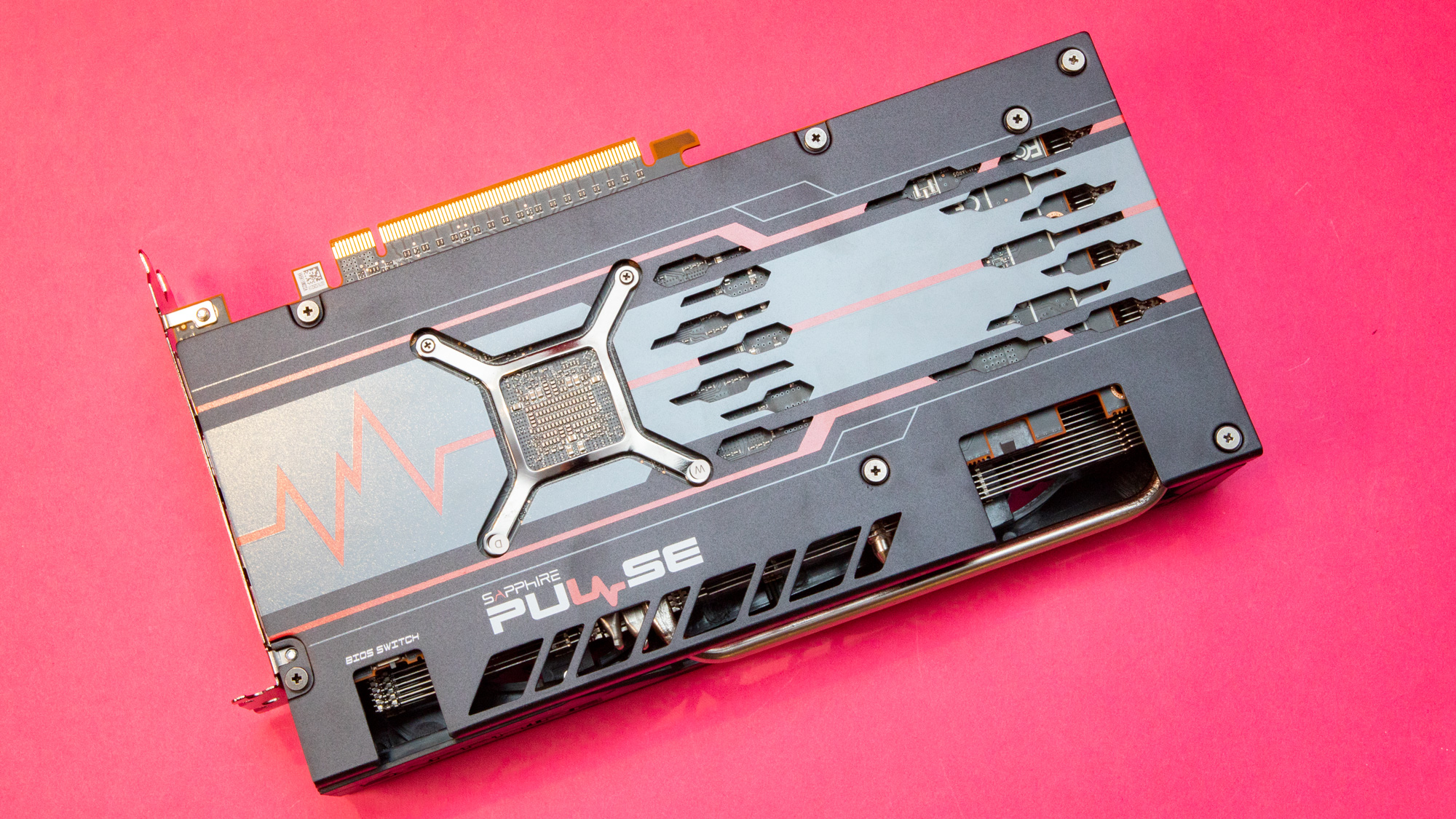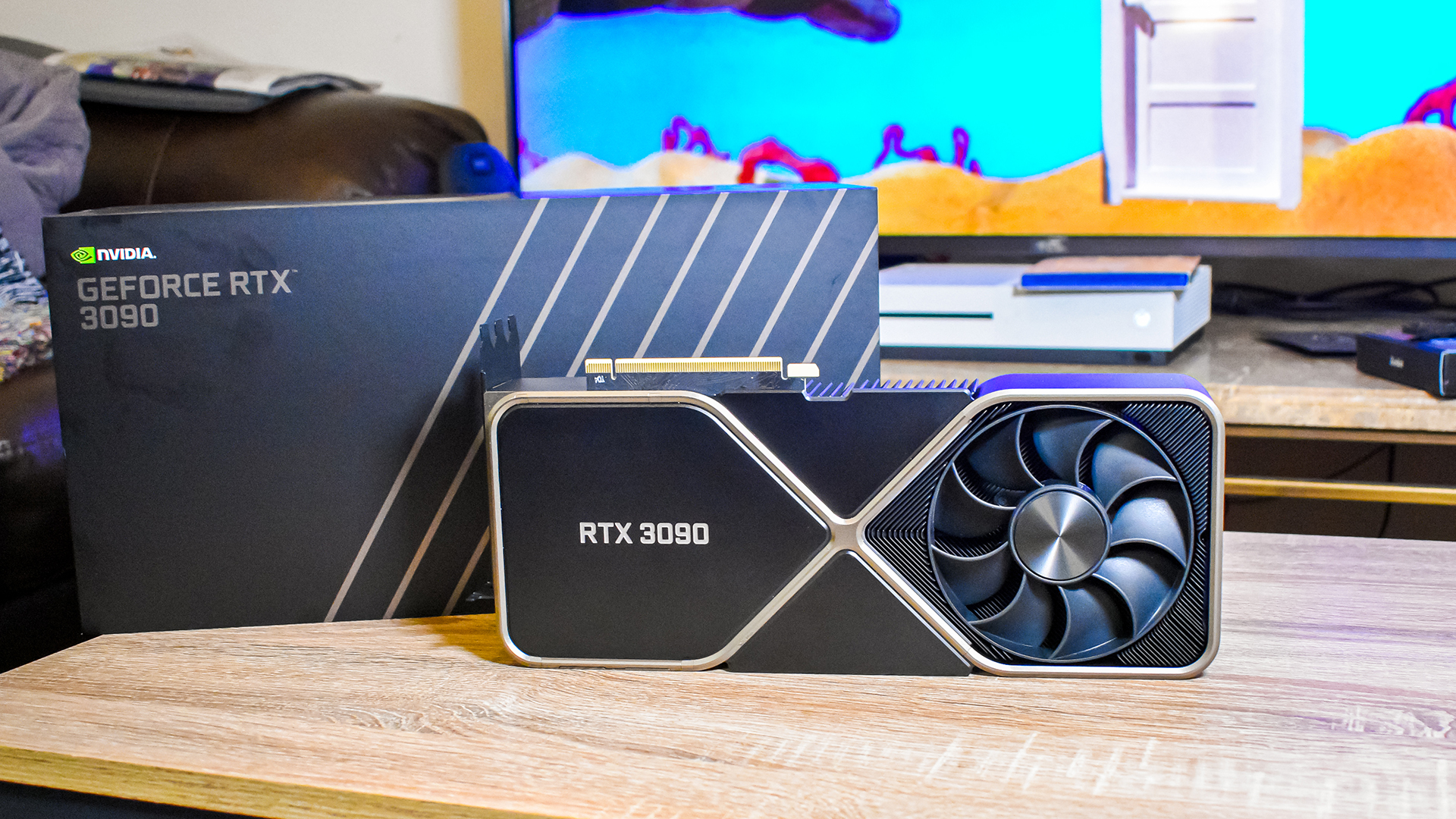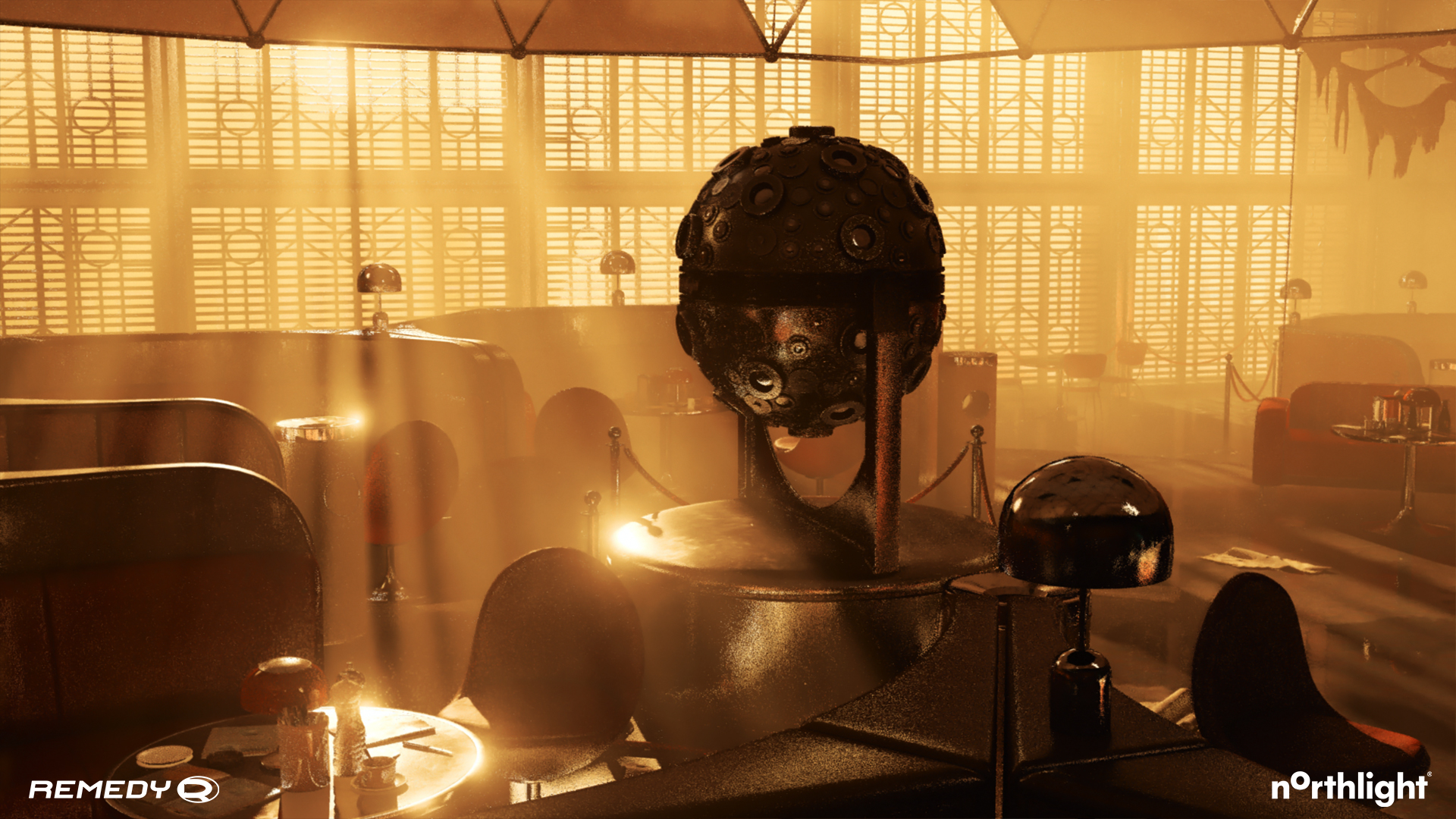The Nvidia vs AMD battle rages on, both still vying for that best graphics card title. But, that’s a good thing – at least for us consumers. This edge-of-our-seats competition between the two manufacturers means that we’re getting better and more powerful graphics cards at more affordable prices year after year.
- Find out what we think of the Nvidia GeForce RTX 2080 Super
- We've gone hands-on with the Nvidia GeForce RTX 2070 Super
- The Nvidia GeForce RTX 2060 Super has been tested, too
In fact, this Nvidia vs AMD graphics war has never been hotter. Nvidia has just launched its Ampere graphics cards and AMD, fresh off launching some of its Big Navi Radeon RX 6000 cards, is now getting to launch a new Radeon RX 6000 GPU tomorrow perhaps to give consumers another affordable gaming GPU in the mid-range sphere.

With all these compelling offerings from both sides, however, it can be extremely confusing to decide which manufacturer to give your money to. Besides, nobody actually needs the graphics card discourse, but people do need a reliable graphics card for their needs.
So, we’ve put the two manufacturers – and their offerings – side by side to see which one has an edge over the other in terms of pricing, performance, and features. Hopefully, when all is said and done, you’ll have made your decision as to which team to go with.
Price
Traditionally, AMD has always been known as the more affordable brand of graphics cards, and that's true to this day... to a point. Right now, especially in the mid-range, AMD has graphics cards like the Radeon RX 5500 XT, which provide excellent performance at the $199 (about £150, AU$280) price point. If your budget is around this level, AMD's generous helping of VRAM here means that you're getting much better performance in higher-spec games than Nvidia's equivalent GTX 1650 can offer.
Once you start going up the price stack, things change, however. If you look at the AMD Radeon RX 5700 XT and the Nvidia GeForce RTX 2060 Super, for instance, you're getting basically equivalent performance at the same price either way, but you're getting a more robust feature set with the Nvidia card – including ray tracing and DLSS.
These two graphics cards end up trading blows in a lot of games at 1440p, which is usually a sign of a healthy market. However, without DLSS, Nvidia gets a huge performance bump in titles that support the technology, making it hard to recommend the Radeon RX 5700 XT, unless it performs better in the specific games you're into.

Performance
Right now, Nvidia makes more powerful graphics cards than AMD, and it's barely even a competition. AMD currently doesn't have anything on the market that can even come within striking distance of Nvidia's most powerful cards.
If you want to play the best PC games at 4K and get a solid 60+ fps frame rate, you're essentially stuck with Nvidia. That's set to change, however.
At the AMD Ryzen 5000 reveal event, AMD CEO Lisa Su took the stage to show off the upcoming processors. However, at the end of that event, she teased the upcoming Radeon RX 6000 series, with some hints as to the performance we can expect from the upcoming line-up. If those teases are to be believed, AMD should be able to provide 4K gaming on par with the RTX 3080, but of course we'll have to test that ourselves.
At lower resolutions, however, things are way more accessible. In 2020, you can get a graphics card that will power high-end AAA PC games at 1080p settings for around $250 with something like the Nvidia GeForce GTX 1660 or the AMD Radeon RX 5600 XT. And, if you just want to play some League of Legends or World of Warcraft, you can do that with something like the GeForce GTX 1650 or Radeon RX 1650 for around $170 / £170 / AU$250.
Then, if you want to play AAA games at 1440p with no compromises, both Team Red and Team Green have great options with the Radeon RX 5700 XT and RTX 2070 Super, respectively.
The wider availability of graphics cards that can push pixels at these resolutions on a budget has made PC gaming much more accessible than ever before, and we definitely hope that this upcoming generation can start to do the same for 4K gaming on PC, especially when the PS5 and Xbox Series X are right around the corner for much less than the price of a high-end gaming PC.

Exclusivity and features
When it comes to features beyond just rendering games, Nvidia and AMD take much different approaches.
Typically, AMD's approach is much more consumer-friendly, as it releases features and technologies that can be used even on Nvidia graphics cards – though they will usually work best on AMD's own silicon.
Nvidia, on the other hand, likes to keep things close to its chest, launching features like DLSS that only work on its own platform. Team Green has been doing this for years, going back to PhysX. In fact, with that latter technology, you were even able to have a dedicated PhysX graphics card in your system to handle the computationally heavy workload.
Recently, however, Nvidia has launched a ton of features that are helpful outside of gaming, both as part of its ongoing Nvidia Studio driver program for creative and professional workloads, and just to aid people in their post-pandemic lives.
Most notably, with Ampere, you get Nvidia Broadcast, which is incredibly useful technology for pretty much everyone. With this program, you can replace backgrounds in any video conferencing app using AI. What's better is that you can also use it to filter out all background noise from your microphone while in a call, so you don't have to worry about disrupting that 10am meeting by drinking coffee and hurriedly eating breakfast.
Conversely, AMD is still very much centered on gaming with its mainstream graphics cards, and all features in its FidelityFX software suite introduced with RDNA are centered on delivering a better gaming experience. This includes things like contrast adaptive sharpening (CAS) that makes playing on a higher resolution display easier, and better ambient occlusion.
So, which is better? Neither
There’s so much to love about both Nvidia and AMD graphics. In the end, both of these companies rely on competition with each other to thrive. Suffice to say, the Nvidia vs AMD debate requires that you understand there’s a reason Radeon and GeForce GPUs are so similar in performance right now.
Each company is doing its best to keep up with the mindshare of the other, and that’s good for us. They’re basically fighting for our money, learning from each other’s mistakes and legislating marked improvements along the way.
It’s up to you who wins the fiery contest of Nvidia vs AMD, although we will say this: Nvidia is unmatched in the 4K market right now. If it helps any, the RTX 2080 Ti is probably your best bet if you want your PC to keep up with your Ultra HD display – as long as you can afford it. On the other hand, if you’re on a budget and looking into mid-range cards, Nvidia and AMD graphics cards will probably be about the same.
- These are the best PC games you can play right now
from TechRadar - All the latest technology news https://ift.tt/31rOLqH








No comments:
Post a Comment